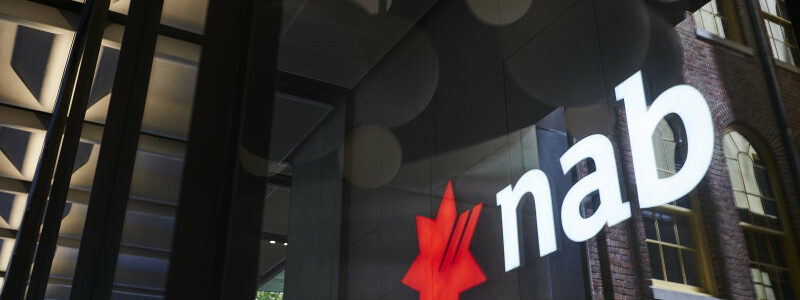
Will NAB’s ‘crown jewel’ lose its appeal in a weaker economy?
Save articles for later
Add articles to your saved list and come back to them any time.
National Australia Bank has been a notable improver among the major banks in the past few years, but lately there has been debate about whether this strong run can continue.
This is reflected in its share price. Over three years, NAB shares have done pretty well compared with most rivals, but it has been the weakest of the big four since the start of this year, falling about 14 per cent over this period.
NAB’s reputation with investors has improved under chief executive Ross McEwan.Credit: Elke Meitzel
There are a few likely reasons for the share price fall, but a big one is that investors overestimated the bank’s margins, and how much benefit NAB would extract from being the country’s largest lender to small and medium enterprises.
NAB’s business bank is known as its “crown jewel”. Small-business loans are not only highly profitable for banks, it’s also a market that’s been growing faster than mortgages.
However, at its results in May, NAB margins fell short of the market’s bullish expectations, prompting profit downgrades and a hefty share price fall.
So, how is the Melbourne-based NAB, led by chief executive Ross McEwan, placed to deal with a market outlook that is worsening for banks, as the economy slows and competition remains fierce?
Industry: Banking
Main products: Retail and commercial banking services
Key figures: Chief executive Ross McEwan and chairman Phil Chronican
How it started: Today’s National Australia Bank is a product of the 1981 merger between National Bank of Australasia and the Commercial Banking Company of Sydney – both of which were established in the 19th century.
How it’s going: Over the past decade, NAB’s share price has fallen slightly, but in the era under McEwan its reputation with investors has improved. NAB overtook Westpac to become Australia’s second-largest bank by market capitalisation in 2020.
Bull case: Barrenjoey analyst Jonathan Mott points out NAB’s result last month included some positive numbers, including return on equity of 13.7 per cent, the highest in five years. Mott, who has an “overweight” rating on NAB, says the bank is well capitalised, revenue has been growing strongly, and impaired loans have stayed low.
The weak part, says Mott, was the sharper-than-expected contraction in NAB’s net interest margin (funding costs compared with what it charges for loans).
Mott says NAB’s business bank was a strong performer, and he believes this will set NAB aside from its rivals in the coming years. Some argue that lending to small and medium business is riskier than mortgages, and Mott acknowledges this risk but plays it down.
He says some business loans will inevitably go bad as the economy worsens, but he believes bad debts among households will also rise sharply if interest rates climb higher. “We believe this cycle is likely to be different to previous experiences,” Mott says.
Bear case: UBS banking analyst John Storey says McEwan and the team have done well improving NAB, but he points to a few challenges facing the business. First, NAB has recently been increasing its mortgage portfolio at a slower pace than rivals, which the bank says it’s doing because the returns are too low in home loans.
“They are certainly growing slower than the market, and they are losing market share. At some point in time it could present revenue headwinds,” says Storey, who has a “sell” rating.
Storey also says NAB is likely to face increasing competition in business lending, and its smaller retail deposit portfolio means it faces higher funding costs than Commonwealth Bank and Westpac.
Finally, he points out loans to small and medium-sized companies – NAB’s sweet spot – could be more likely to result in bad debts as the economy slows. “We don’t think some of these concerns are reflected in the share price,” Storey says.
The Market Recap newsletter is a wrap of the day’s trading. Get it each weekday afternoon.
Most Viewed in Business
From our partners
Source: Read Full Article
